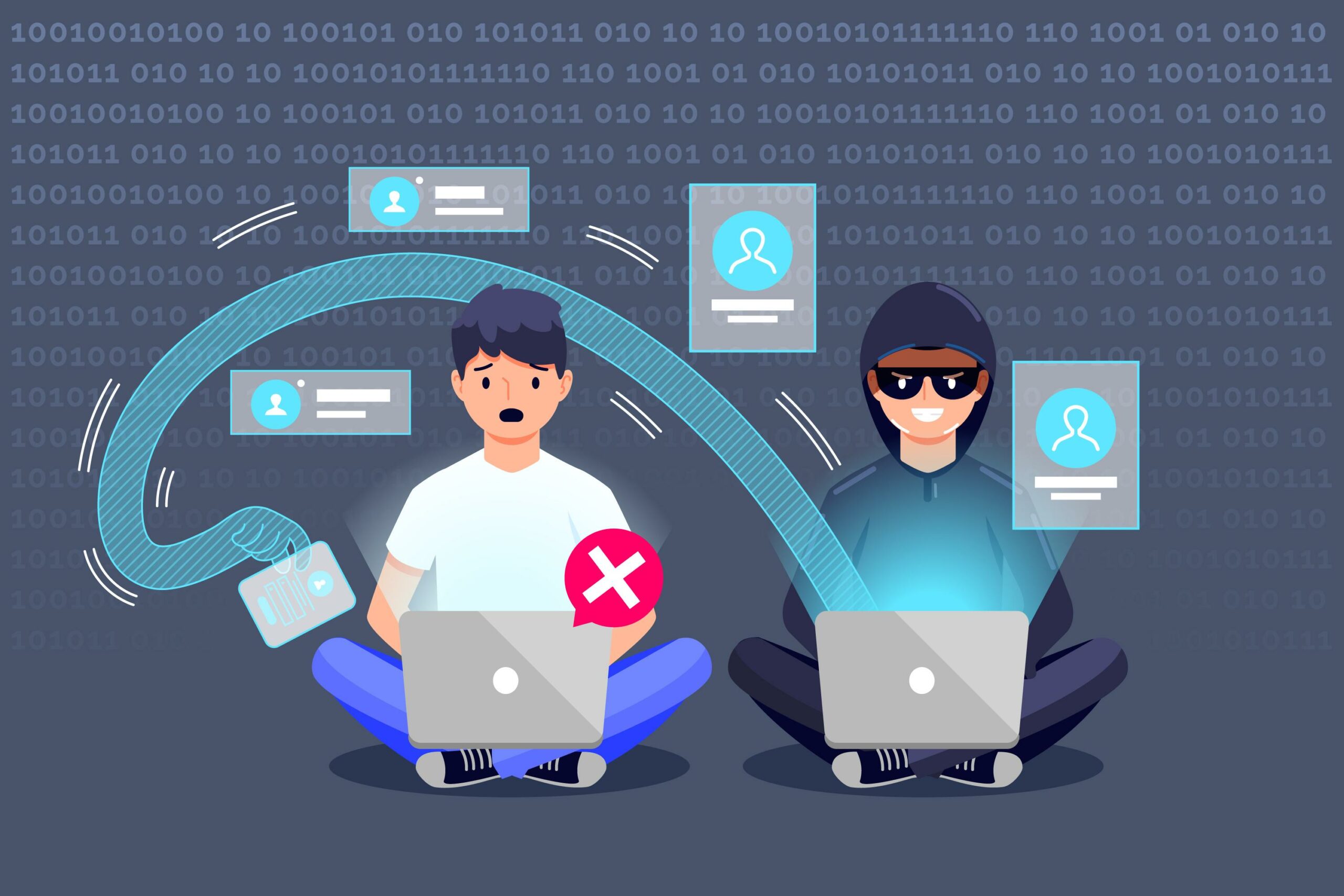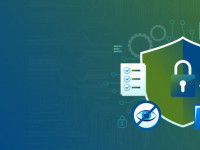
October is Cybersecurity Awareness Month, a perfect time to educate ourselves about the various cyber threats we face daily. Among the most prevalent and dangerous are social engineering and phishing attacks. Let’s dive into what these threats entail and how we can protect ourselves.
What is Social Engineering?
Social engineering is a tactic used by cybercriminals to manipulate individuals into divulging confidential information. Unlike traditional hacking, which relies on technical methods, social engineering exploits human psychology. Here are some common types of social engineering attacks:
- Phishing:
- Email Phishing: Attackers send fraudulent emails that appear to come from reputable sources, tricking recipients into providing personal information or clicking on malicious links.
- Spear Phishing: A more targeted form of phishing, where attackers customize their messages to a specific individual or organization, making the scam more convincing.
- Whaling: This targets high-profile individuals like executives, using personalized tactics to extract sensitive information.
- Smishing:
- SMS Phishing: Similar to email phishing but conducted via text messages. These messages often contain links to malicious websites or prompts to share personal information
- Vishing:
- Voice Phishing: Attackers use phone calls to impersonate legitimate entities, such as banks or government agencies, to extract personal information.
- Pretexting: Attackers create a fabricated scenario (pretext) to trick individuals into providing information or performing actions that compromise security.
- Baiting:
- Attackers leave physical devices, like USB drives, in public places.
- When someone picks up the device and plugs it into their computer, malware is installed
What is Phishing?
Phishing is a subset of social engineering that specifically involves tricking individuals into providing sensitive information through deceptive emails, websites, or messages. Here are some common types of phishing attacks:
- Clone Phishing: Attackers create a nearly identical copy of a legitimate email that the victim has previously received, but with malicious links or attachments.
- Pharming: Attackers redirect users from legitimate websites to fraudulent ones without their knowledge, often through DNS poisoning.
- CEO Fraud: Attackers impersonate a company’s CEO or other executives to trick employees into transferring money or sharing sensitive information.
Precautions Against Social Engineering and Phishing Attacks
- Verify the Source:
- Always double-check the sender’s information before responding to emails, texts, or calls. Look for inconsistencies in email addresses, phone numbers, and URLs.
- Be Skeptical of Urgent Requests:
- Cybercriminals often create a sense of urgency to prompt quick action. Take a moment to verify the legitimacy of the request.
- Educate Yourself and Others:
- Stay informed about the latest cyber threats and share this knowledge with colleagues, friends, and family. Regular training and awareness programs can significantly reduce the risk of falling victim to these attacks.
- Use Security Software:
- Keep your antivirus and anti-malware software up to date. These tools can help detect and block malicious activities.
- Enable Multi-Factor Authentication (MFA):
- MFA adds an extra layer of security by requiring multiple forms of verification before granting access to accounts.
- Regularly Update Passwords:
- Use strong, unique passwords for different accounts and change them regularly. Consider using a password manager to keep track of them.
- Report Suspicious Activities:
- If you receive a suspicious email, text, or call, report it to your IT department or the relevant authorities. Early reporting can help prevent further attacks.
By understanding the tactics used in social engineering and phishing attacks, and by taking proactive measures, we can protect ourselves and our organizations from these pervasive threats.
Stay vigilant and stay safe!













